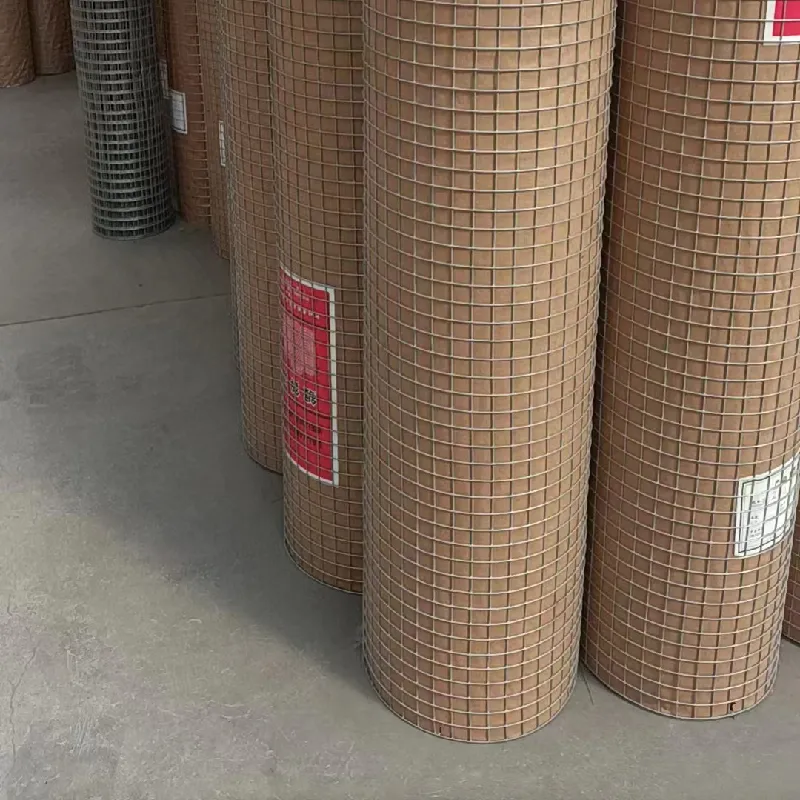-
 Afrikaans
Afrikaans -
 Albanian
Albanian -
 Amharic
Amharic -
 Arabic
Arabic -
 Armenian
Armenian -
 Azerbaijani
Azerbaijani -
 Basque
Basque -
 Belarusian
Belarusian -
 Bengali
Bengali -
 Bosnian
Bosnian -
 Bulgarian
Bulgarian -
 Catalan
Catalan -
 Cebuano
Cebuano -
 China
China -
 Corsican
Corsican -
 Croatian
Croatian -
 Czech
Czech -
 Danish
Danish -
 Dutch
Dutch -
 English
English -
 Esperanto
Esperanto -
 Estonian
Estonian -
 Finnish
Finnish -
 French
French -
 Frisian
Frisian -
 Galician
Galician -
 Georgian
Georgian -
 German
German -
 Greek
Greek -
 Gujarati
Gujarati -
 Haitian Creole
Haitian Creole -
 hausa
hausa -
 hawaiian
hawaiian -
 Hebrew
Hebrew -
 Hindi
Hindi -
 Miao
Miao -
 Hungarian
Hungarian -
 Icelandic
Icelandic -
 igbo
igbo -
 Indonesian
Indonesian -
 irish
irish -
 Italian
Italian -
 Japanese
Japanese -
 Javanese
Javanese -
 Kannada
Kannada -
 kazakh
kazakh -
 Khmer
Khmer -
 Rwandese
Rwandese -
 Korean
Korean -
 Kurdish
Kurdish -
 Kyrgyz
Kyrgyz -
 Lao
Lao -
 Latin
Latin -
 Latvian
Latvian -
 Lithuanian
Lithuanian -
 Luxembourgish
Luxembourgish -
 Macedonian
Macedonian -
 Malgashi
Malgashi -
 Malay
Malay -
 Malayalam
Malayalam -
 Maltese
Maltese -
 Maori
Maori -
 Marathi
Marathi -
 Mongolian
Mongolian -
 Myanmar
Myanmar -
 Nepali
Nepali -
 Norwegian
Norwegian -
 Norwegian
Norwegian -
 Occitan
Occitan -
 Pashto
Pashto -
 Persian
Persian -
 Polish
Polish -
 Portuguese
Portuguese -
 Punjabi
Punjabi -
 Romanian
Romanian -
 Russian
Russian -
 Samoan
Samoan -
 Scottish Gaelic
Scottish Gaelic -
 Serbian
Serbian -
 Sesotho
Sesotho -
 Shona
Shona -
 Sindhi
Sindhi -
 Sinhala
Sinhala -
 Slovak
Slovak -
 Slovenian
Slovenian -
 Somali
Somali -
 Spanish
Spanish -
 Sundanese
Sundanese -
 Swahili
Swahili -
 Swedish
Swedish -
 Tagalog
Tagalog -
 Tajik
Tajik -
 Tamil
Tamil -
 Tatar
Tatar -
 Telugu
Telugu -
 Thai
Thai -
 Turkish
Turkish -
 Turkmen
Turkmen -
 Ukrainian
Ukrainian -
 Urdu
Urdu -
 Uighur
Uighur -
 Uzbek
Uzbek -
 Vietnamese
Vietnamese -
 Welsh
Welsh -
 Bantu
Bantu -
 Yiddish
Yiddish -
 Yoruba
Yoruba -
 Zulu
Zulu
Effective Insect Nets to Enhance Agricultural Productivity and Protect Crops from Pests
Insect Netting for Agriculture A Sustainable Solution for Crop Protection
In recent years, the agricultural sector has faced numerous challenges, including pest infestations, environmental changes, and the growing demand for sustainable farming practices. One effective and eco-friendly solution that has gained popularity among farmers is the use of insect netting. This innovative approach not only protects crops from pests but also promotes healthier growth and reduces reliance on chemical pesticides.
Insect netting, also known as insect mesh or insect barrier netting, is a physical barrier made of fine mesh fabric designed to keep harmful insects away from crops while allowing sunlight, air, and water to penetrate. The mesh size is carefully selected to effectively block pests such as aphids, whiteflies, and beetles without hindering beneficial insects like pollinators. This creates an ideal environment for crops to thrive, supporting biodiversity and enhancing ecosystem health.
Insect Netting for Agriculture A Sustainable Solution for Crop Protection
In addition to pest control, insect netting provides a protective barrier against environmental stressors. For instance, heavy rains, hail, and extreme temperatures can negatively affect crop yields. By using insect nets, farmers can safeguard their crops from these adverse weather conditions, thus ensuring a more stable production. Furthermore, the netting can help maintain optimal humidity levels around the plants, creating a favorable microclimate for growth.
insect net for agriculture

Another significant advantage of insect netting is its cost-effectiveness. Although the initial investment may seem high, the long-term savings due to reduced pesticide expenses, increased crop productivity, and lower labor costs make it a financially viable option for many farmers. Additionally, insect netting is durable and reusable, contributing to sustainability by minimizing waste and reducing the ecological footprint of agriculture.
The versatility of insect netting is noteworthy. It can be used in various agricultural settings, including vegetable gardens, fruit orchards, and greenhouse operations. Farmers can customize the netting to fit their specific needs, adjusting the height and design to suit different crops or local conditions. This adaptability makes insect netting a practical choice for diverse agricultural practices, from organic farming to conventional methods.
Moreover, the growing awareness of the environmental impact of agriculture has encouraged many farmers to adopt more sustainable practices. As consumers increasingly demand food that is produced without harmful chemicals, the use of insect netting aligns with this trend, enhancing the marketability of crops. Farmers who employ insect netting can promote their produce as safer and more environmentally friendly, appealing to a more conscientious consumer base.
In conclusion, insect netting represents a sustainable and effective solution for crop protection in agriculture. By minimizing the reliance on chemical pesticides, it contributes to healthier ecosystems while enhancing crop yields and quality. As the agricultural industry continues to evolve in response to environmental challenges and consumer demands, insect netting stands out as a practical, cost-effective, and eco-friendly approach that supports both farmers and the planet. As more agricultural stakeholders recognize its benefits, insect netting is likely to become an integral part of modern farming practices, helping to ensure food security for future generations.
-
Shipping Plastic Bags for Every NeedNewsJul.24,2025
-
Safety Netting: Your Shield in ConstructionNewsJul.24,2025
-
Plastic Mesh Netting for Everyday UseNewsJul.24,2025
-
Nylon Netting for Every UseNewsJul.24,2025
-
Mesh Breeder Box for Fish TanksNewsJul.24,2025
-
Expanded Steel Mesh Offers Durable VersatilityNewsJul.24,2025











